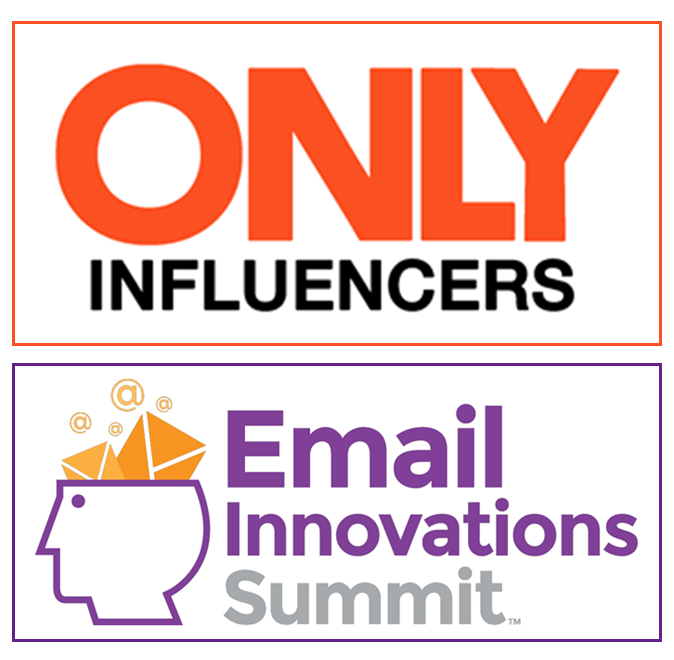Segmentation. Targeting. Relevance. We all know these are the keys to success with email marketing. But how to do it? Here’s a simple, practical way we did it for a client – which can be a roadmap for you.
Background
The client was a B2B specialty retailer. Their website divided their products into a dozen category groups. We decided to use these category groups as the basis for this segmentation. The idea is to let email subscribers self-select which category or categories of products they are most interested in at a given time.
Step 1
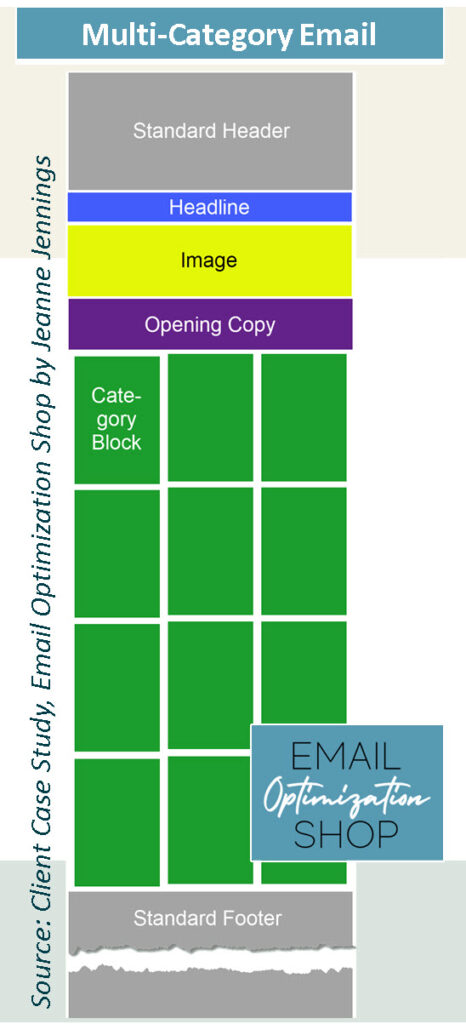
The first step we took in this process was creating what I call a ‘multi-category email.’ It was an email with twelve blocks, one for each product category. A sample appears at the left.
Each category block had an image of a single product from that category, the name of the category, and a call-to-action button to ‘View More.’ A sample appears at the right.
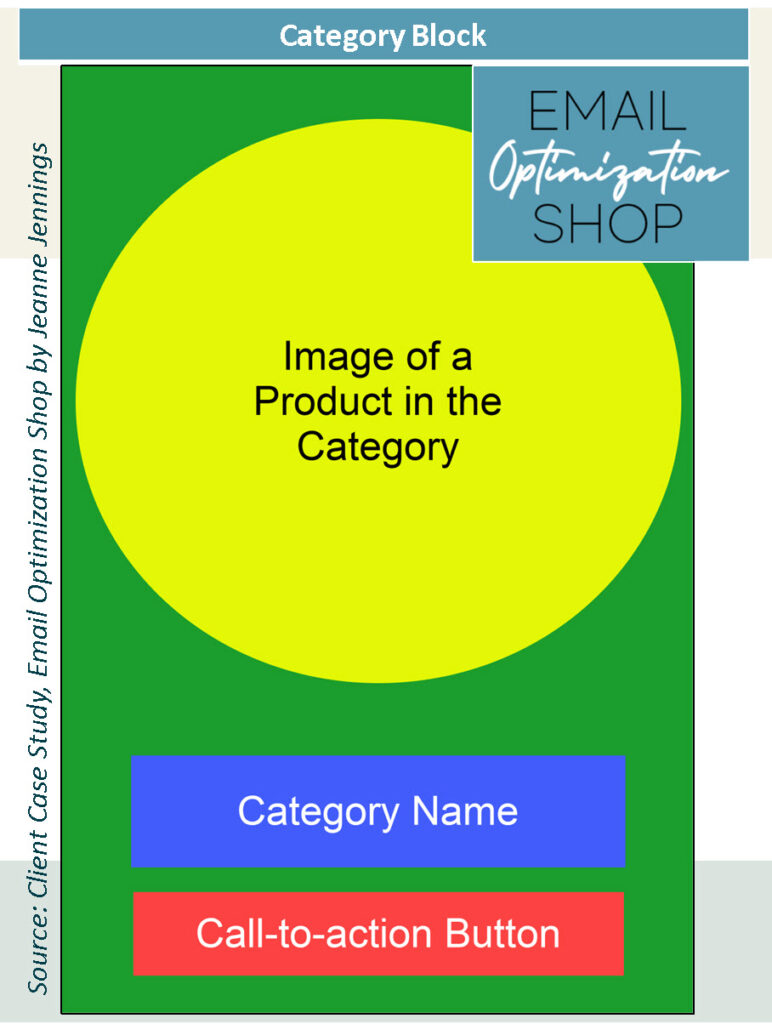
We sent this email to the entire list.
I say ‘this email’ but you know me – we actually did a test on this send. So we had three multi-category emails, the only difference being the wireframe used at the top, above the category blocks. You can see the results of that test here.
Here are the metrics from the winner:

But there was more to this campaign than this one multi-category email send and its performance. This was how we let our audience self-select what they were interested in. And we used that information for future sends in this campaign.
Now to be clear. We didn’t tell them they were self-selecting. We just put all 12 categories of products in front of them and then we looked at what they clicked on.
And this set us up for Step 2.
Step 2
Two weeks later we set up our ‘single category email’ send.
We segmented the audience based on what they had clicked on in the first send. I’m not going to lie – we had 12 of these segments, one for each category, with very small send quantities compared to the initial send. But bear with me…
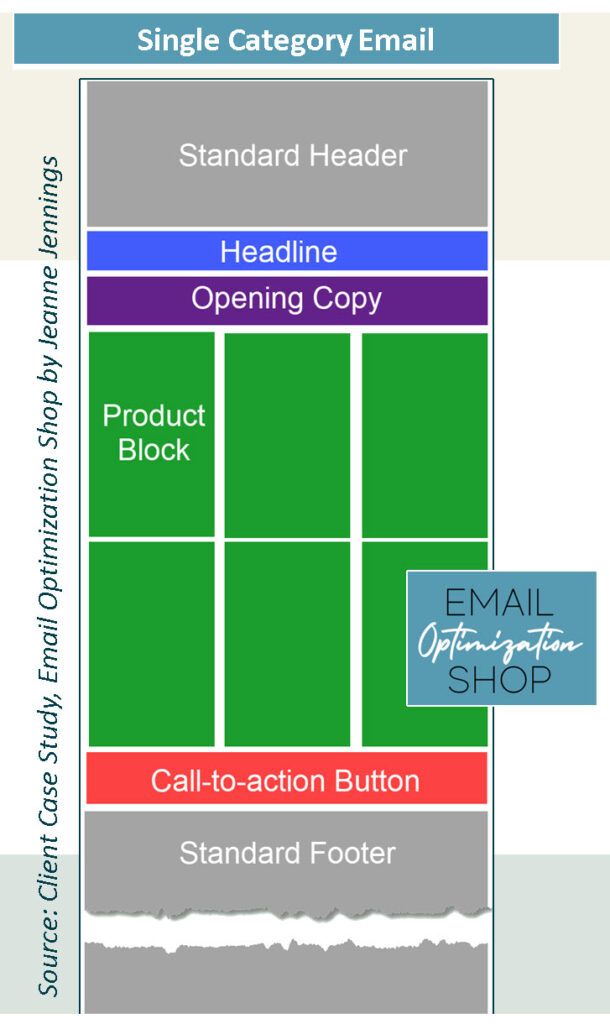
We created ‘single category’ emails for each of our 12 product groups. You can see one at the left. The headline, opening copy, and all of the product blocks were customized for that specific category of products.
This email had ‘product blocks’ – see the wireframe for these to the right.
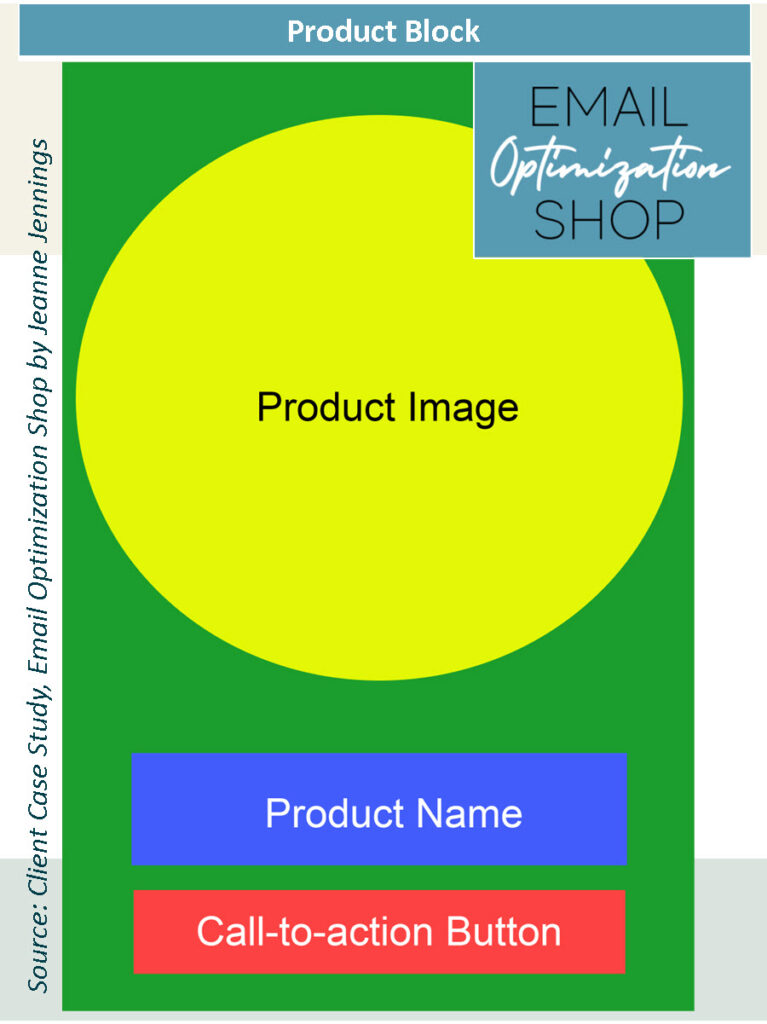
We also had a 13th segment, for those who did not click on the category email we sent two weeks prior to this. It was a pretty large segment. For this group we updated the ‘multi-category email’ with new product images – but the rest remained the same.
Then we deployed the emails.
Results
Here are the results!
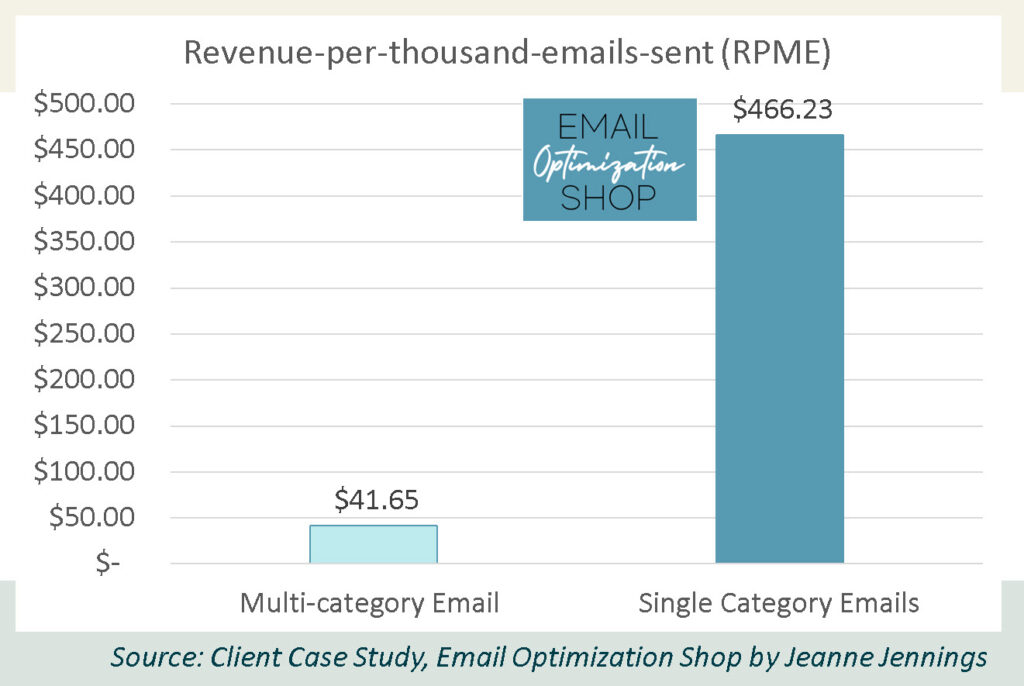
The multi-category email, which included a block for each of the 12 categories, had an RPME of $41.65. And the single category emails generated a combined RPME of $466.23. You read that right. For each 1,000 of the single category emails we send we generated nearly $500.
Here are the full results.
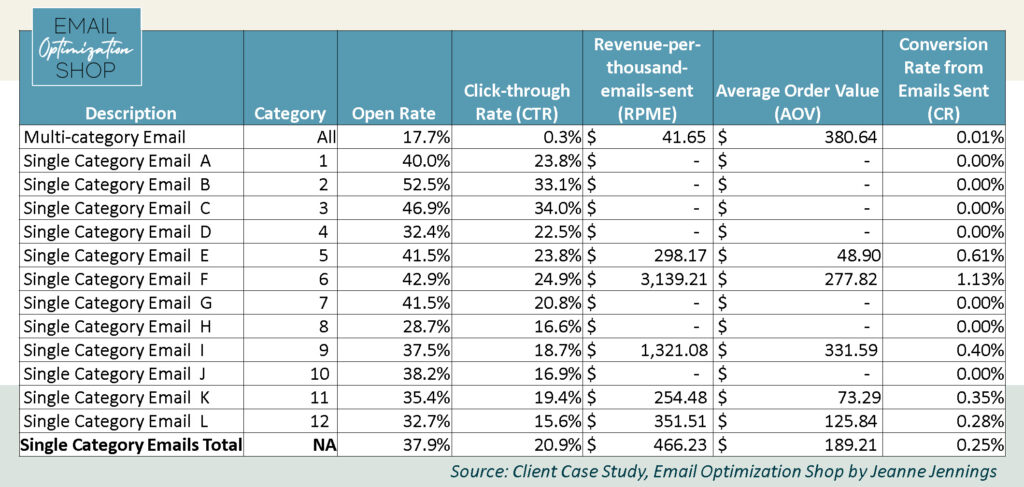
Some of the single category emails did very well; others generated no revenue. That’s okay. Overall the strategy worked, as the totals show.
The single category emails bested the multi-category email in almost every metric:

The single category emails were highly relevant to the recipients, since it was content they had expressed an interest in just two weeks ago. This is my theory as to why they generated:
- A 114% increase in average open rate over the multi-category email, nearly 38% compared to nearly 18%
- More than a 6,000% increase in click-through rate – nearly 21% compared to just 0.3%
- More than a 1,000% increase in RPME, over $466 compared to nearly $42
- More than a 2,100% increase in conversion rate (CR) – 0.25% compared to just 0.01%
The only place the single category emails lagged the multi-category email was in average order value. The single category emails generated an AOV of nearly $190, which the multi-category email had an AOV of over $380.
Were we surprised by the result?
No. the single categories emails worked just as we had theorized they would. The increased relevance increased our bottom line performance.
Did we stop after this send?
No. We continued to use this tactic on an ongoing basis. Every two weeks or so we’d send those who had clicked in the past a single category email and those who had not received an updated multi-category email. In each case, the single category emails bested the multi-category email in RPME.
Every two or three months we would start the process from scratch, clearing the old preferences and starting with a new multi-category email.
Have you used a strategy like this to let subscribers ‘self-select’ their preferences? If not, this is your call to do so! Give it a shot and let me know how it goes!
And if you’re just too busy to do things like this, take a minute and reach out to me. I’d love to learn more about your program and discuss how I can help you boost the bottom-line performance of your email marketing initiatives.
Be safe, stay well,


Photo by Immo Wegmann on Unsplash



